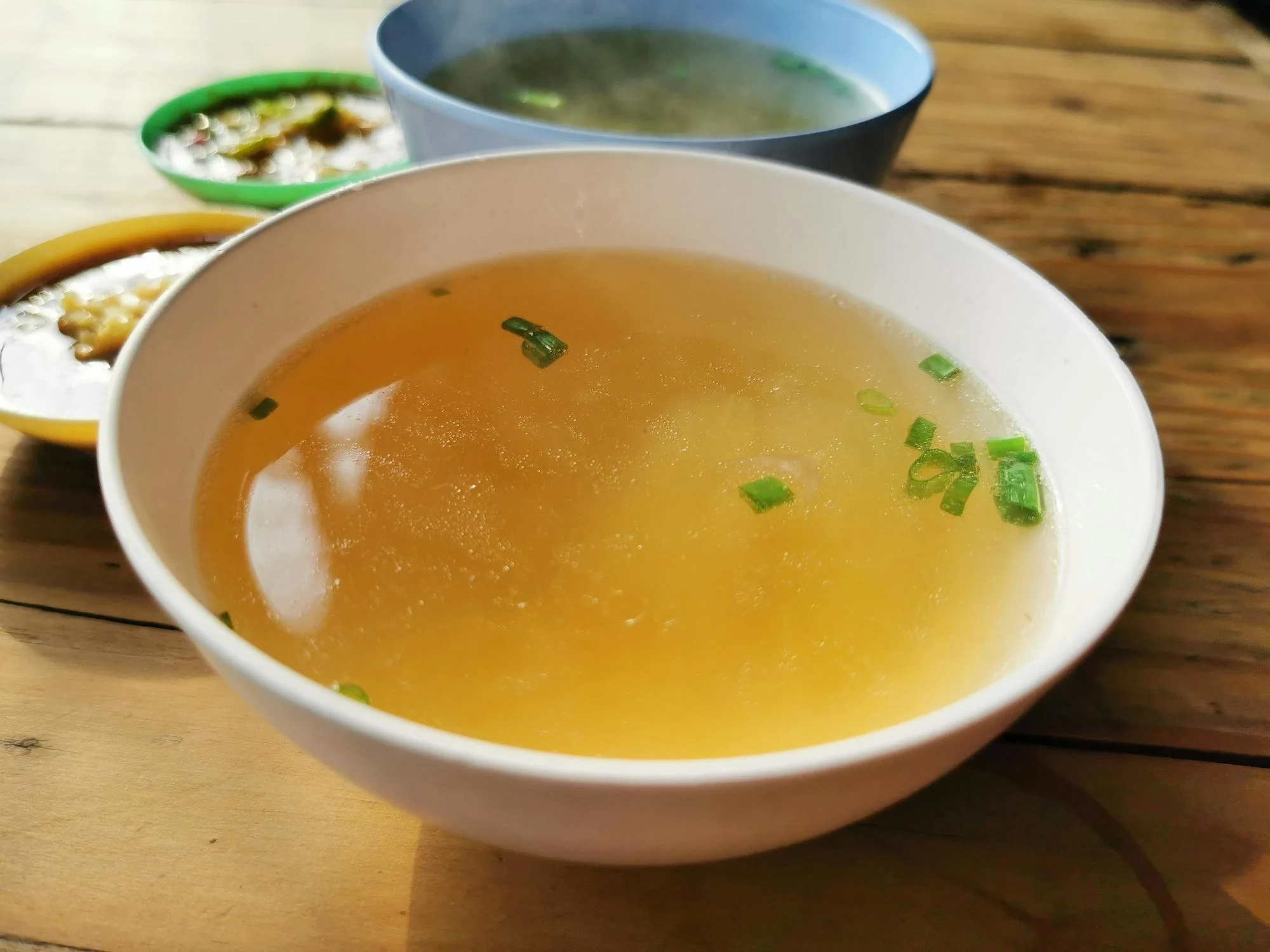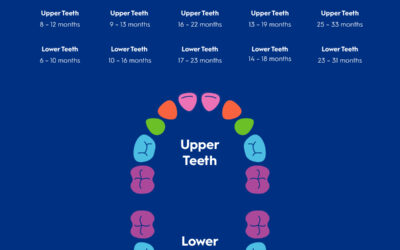Undergoing a tooth extraction is a significant dental procedure, and proper post-operative care is essential for a smooth recovery. One crucial aspect of recovery is diet, as eating the right foods can promote healing and minimize discomfort. This guide provides a comprehensive list of 50 soft foods that are ideal for consumption after a tooth extraction.
Importance of Choosing Soft Foods
Soft foods are gentle on the extraction site, reducing the risk of irritation and aiding in the healing process. They are easy to chew and swallow, ensuring you receive the necessary nutrients without causing additional pain. Additionally, maintaining the blood clot that forms in the extraction site is vital to prevent complications like dry socket.
Recommended Soft Foods
Breakfast Options
- Oatmeal
- Warm and easy to eat, suitable for breakfast.
- Scrambled Eggs
- Soft and fluffy, providing a good source of protein.
- Smoothies
- Blend fruits and vegetables for a nutritious, easy-to-consume meal.
- Yogurt
- Opt for plain or flavored varieties without fruit chunks.
- Cottage Cheese
- Mild and creamy, pairs well with fruit purees.
- Mashed Bananas
- Naturally soft and easily mashable.
- Soft Pancakes
- Fluffy and easy to chew, served with a bit of syrup.
- Rice Pudding
- A sweet and comforting breakfast option.
- Grits
- A smooth, warm Southern comfort food.
- Soft Muffins
- Muffins without nuts or hard pieces, such as banana or blueberry.
Snacks and Light Meals
- Applesauce
- A sweet and refreshing option that requires no chewing.
- Ice Cream
- Enjoyable and soothing, but avoid varieties with hard mix-ins.
- Pudding
- Comes in various flavors such as chocolate, vanilla, and butterscotch.
- Jell-O
- Soft and gelatinous, a fun and easy-to-eat treat.
- Mashed Avocado
- Mashed or pureed, rich in healthy fats.
- Hummus
- Smooth and savory, ideal with soft pita bread.
- Custard
- Rich and creamy, perfect for a dessert.
- Milkshakes
- Cool and soothing, available in various flavors.
- Smooth Peanut Butter
- Easy to spread on soft bread or eat by the spoonful.
- Blended Fruit
- Purees made from fruits like mango or peach.
- Baby Food
- Pre-made purees that are perfect for recovery.
- Protein Shakes
- Nutrient-dense and easy to drink.
- Cheesecake
- Soft and creamy, easy to eat.
- Soft Cheese
- Brie, camembert, or cream cheese, which are soft and spreadable.
- Cottage Cheese
- Mild and creamy, pairs well with fruit purees.
Lunch Options
- Broth
- Chicken, beef, or vegetable broth can be sipped comfortably.
- Soup
- Creamy soups like tomato, potato leek, or butternut squash, blended until smooth.
- Mashed Potatoes
- Creamy and smooth, they can be easily flavored with butter and salt.
- Pureed Vegetables
- Carrots, peas, or spinach blended to a smooth consistency.
- Egg Salad
- Finely chopped eggs in a creamy dressing.
- Chicken Salad
- Made with finely shredded chicken and a smooth dressing.
- Soft Fish
- Baked or poached varieties like salmon or tilapia.
- Macaroni and Cheese
- Soft pasta in a creamy cheese sauce.
- Polenta
- A smooth and creamy cornmeal dish.
- Ravioli
- Soft pasta pockets filled with cheese or pureed vegetables.
- Risotto
- A creamy rice dish that is soft and flavorful.
Dinner Options
- Mashed Squash
- Butternut or acorn squash, pureed until smooth.
- Mashed Sweet Potatoes
- Naturally sweet and smooth.
- Blended Lentil Soup
- Rich in protein and easy to consume.
- Creamed Spinach
- Smooth and nutritious.
- Soft-Cooked Pasta
- Well-cooked pasta with a smooth sauce.
- Silky Cauliflower Puree
- A smooth alternative to mashed potatoes.
- Steamed Vegetables
- Vegetables like carrots or zucchini, steamed until soft.
- Soft-Cooked Eggs
- Boiled until the yolk is just set.
- Soft Bread
- Fresh, soft slices without a hard crust.
- Blended Pea Soup
- Warm, comforting, and easy to consume.
Safe Practices and Food Preparation
To ensure a smooth recovery, follow these guidelines when preparing and consuming soft foods:
- Cooking Techniques: Utilize blending, pureeing, steaming, boiling, mashing, and slow cooking to achieve soft textures.
- Portion Control: Eat smaller, frequent meals to maintain energy levels without overwhelming the healing process.
- Hydration: Drink plenty of water to stay hydrated but avoid using a straw to prevent dislodging the blood clot.
Foods and Habits to Avoid
Avoid the following to promote faster healing:
- Straws: The suction can dislodge the blood clot.
- Crunchy and Chewy Foods: These can irritate the extraction site.
- Hot and Spicy Foods: They can cause inflammation and discomfort.
- Acidic Foods: Such as tomatoes and citrus fruits, which can irritate the wound.
- Smoking and Alcohol: These can delay healing and increase the risk of complications.
Understanding the Recovery Process
Proper rest and following dietary guidelines play crucial roles in recovery. Ensure to:
- Rest Adequately: Avoid strenuous activities for at least 24 hours.
- Use Ice Packs: Apply to reduce swelling.
- Take Prescribed Medications: Follow your dentist’s instructions for pain management and infection prevention.
By adhering to these guidelines and incorporating these soft foods into your diet, you can ensure a smoother recovery and minimize discomfort after a tooth extraction.





0 Comments